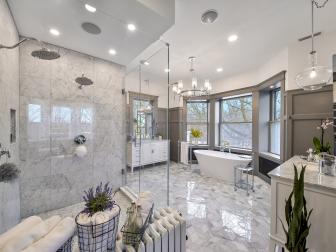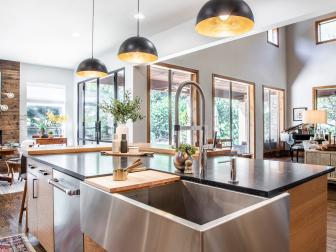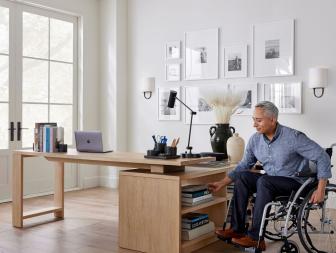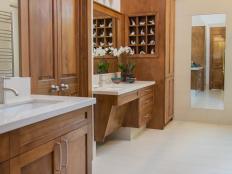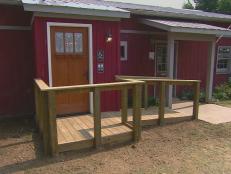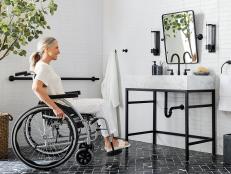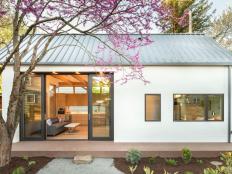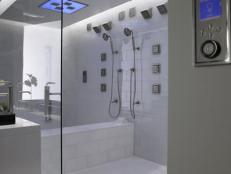10 Universal Design Ideas for the Home
If someone you love needs help with around-the-house tasks, universal design or products and spaces designed for people of all abilities can be beneficial. These updates will make life easier for everyone in your home.
Whether you’re living in a multigenerational home or are considering the next chapter of your life, universal design can help meet your family’s needs. That’s because it considers all ranges of accessibility, from toddlers taking their first steps to seniors on walkers.
What Is Universal Design?
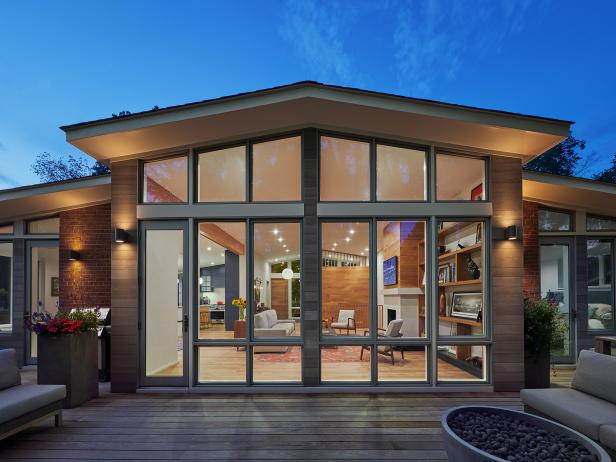
Anice Hoachlander
Design By Teass | Warren Architects
Universal design was created so that people of all ages and abilities can comfortably coexist. It’s often used interchangeably with “aging in place,” but aging in place is more tailored to what your next chapter looks like. It considers things like mobility and changes in hearing and vision — the improvements you want to have in place to support later life.
Universal design, however, “looks at all inhabitants,” said Erin Loftin Serventi of E. L. Designs, a universal design expert. “It asks how we can serve all occupants with current and future circumstances. In other words, how can a toddler and a grandparent both use the same space?” Consider these universal design features to make your home more functional for everyone in your life.
Efficient, Helpful Light Sensor
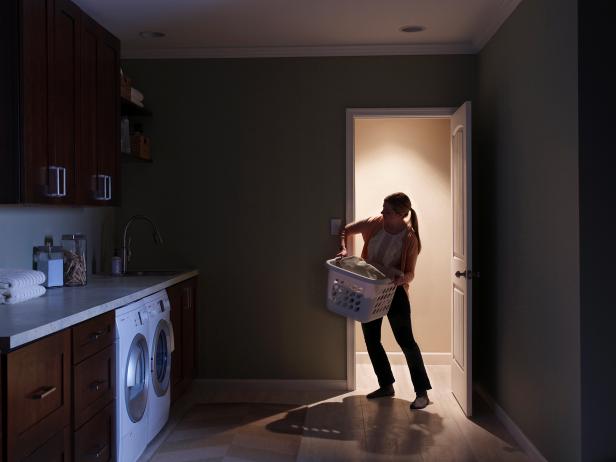
Whether it's challenging to switch lights on and off or you have a habit of forgetting to turn off the lights, light sensors automatically turn on when entering and off when leaving a room — saving you both effort and electricity.
A Home That Looks Like Home

Pottery Barn
When you think about incorporating universal design principles at home, do you worry your house is going to look institutional? Serventi says to put that concern aside. “You can’t look at a home and say, ‘Oh, they used universal design principles.’ You can focus on what works for you and your family.”
For instance, this recliner from Pottery Barn has a hidden power lifter plus massage and heating functions, something people of every age can benefit from.
Curbless, Doorless Shower
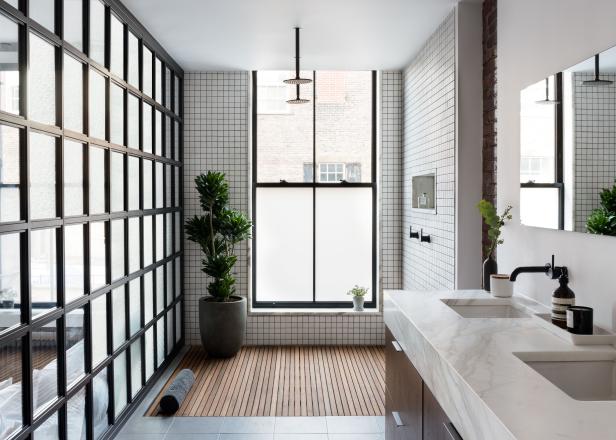
Claire Esparros
Simplify shower access for all ages by transitioning directly from the bathroom into the shower area. And removing shower doors not only creates a minimalist style but also makes it easier to access the space.
Universal Design Bathroom Ideas 11 Photos
Use universal design principles to create a bathroom that’s comfortable for everyone to use, regardless of age or ability.
Wheelchair-Accessible Bedroom
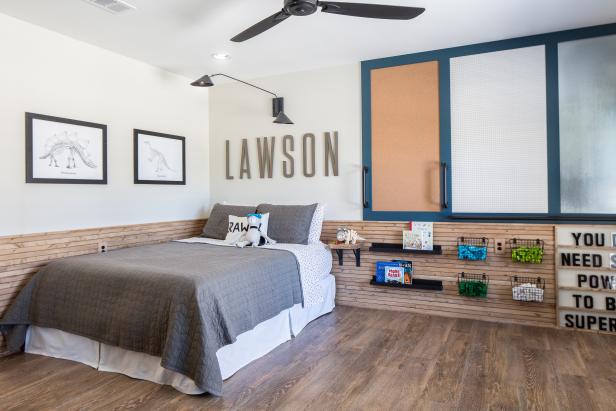
Jennifer Boomer/Verbatim Photo Agency
Creating an ADA-compliant home takes some planning, but Chip and Joanna Gaines were up to the challenge. They created a home for the family of Calan and Lawson Copp. Calan and Lawson are both in wheelchairs due to a genetic condition that affects their ability to stand. The goal was to design a home that gave the boys independence for the first time. That included their bedrooms, which were designed to make ample room for wheelchairs and put toys and books at kid height.
Family-Friendly Faucet
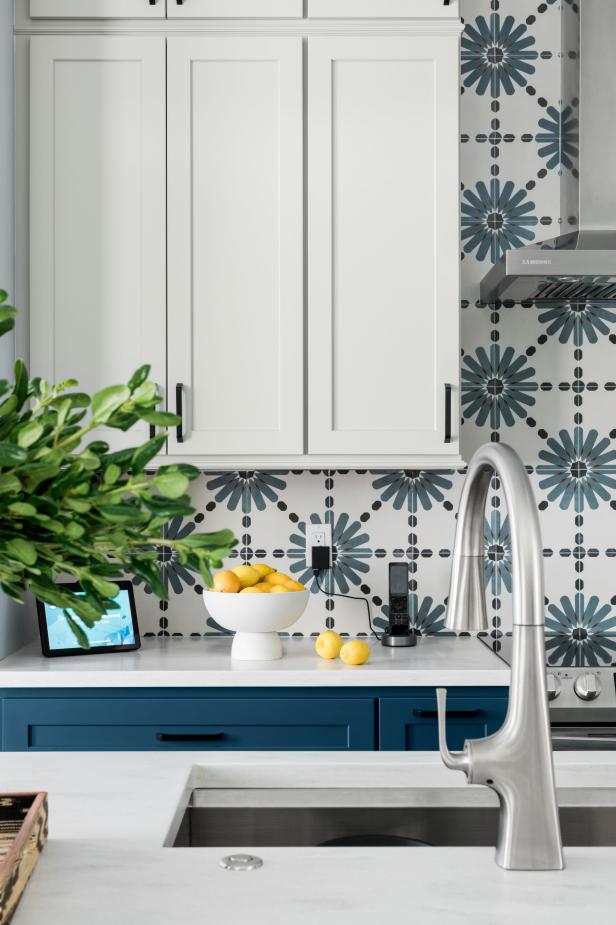
If your kitchen faucet has hot and cold knobs, you know it can be difficult to get a comfortable water temperature. And for very young or very old hands, turning the knobs can be tough. What’s the solution? A single-handle faucet. Not only is it easier to turn on, but it’s also safer because you can gauge the temperature more accurately.
Universal Design Kitchen Ideas 13 Photos
Using universal design principles in your kitchen makes cooking easy for people of all ages and abilities.
Beautifully Safe Bathroom
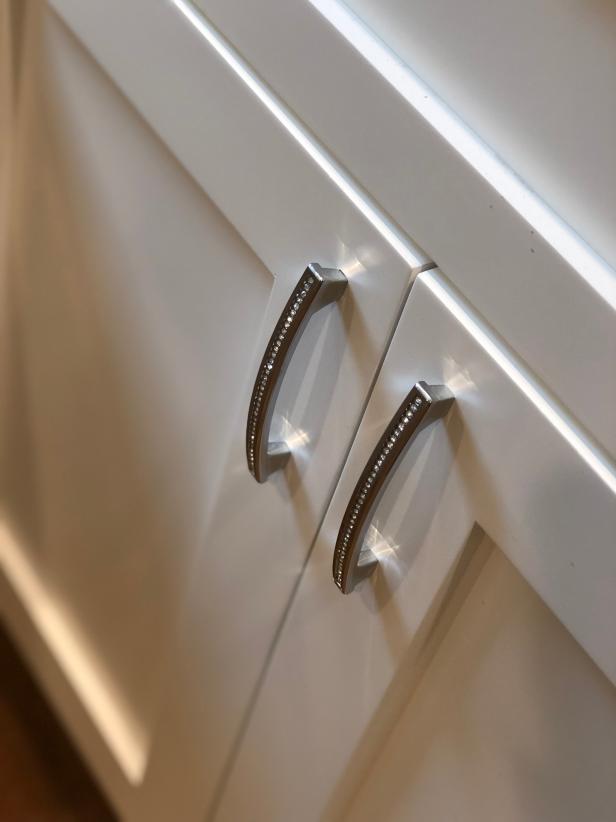
Erin Loftin Serventi
Bathrooms are one of the first rooms to consider when making an age-friendly space. Using handles or levers on doors and drawers makes them easier for everyone to open since they require only a finger to grasp, versus a whole hand for a knob. And in this case, the sparkling row of rhinestones isn’t just decorative. They also give the owner a visual cue to make the handles easier to see.
Wide Doorways
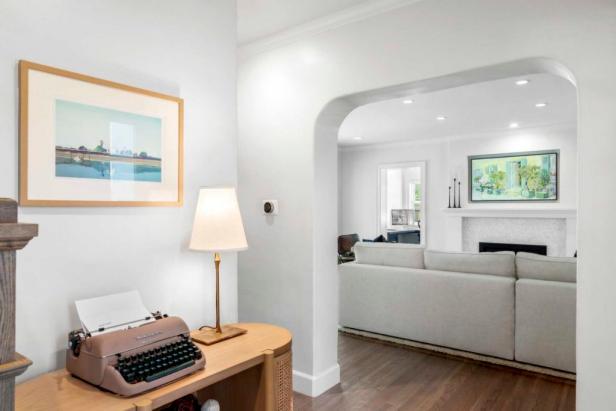
Kerrie Kelly
A standard door width — between 30-36 inches — can be hard to maneuver with a walker, wheelchair or stroller. Give yourself room to move with a wider doorway like the one seen in this space by Kerrie Kelly. Consider eliminating curbs between rooms as well to get rid of trip hazards and smooth traffic flow. You can also widen aisles throughout the house — adding space in the kitchen (between the island and cabinets) and around furniture groupings. It’s just one more easy way to increase accessibility.
Bathroom Bench
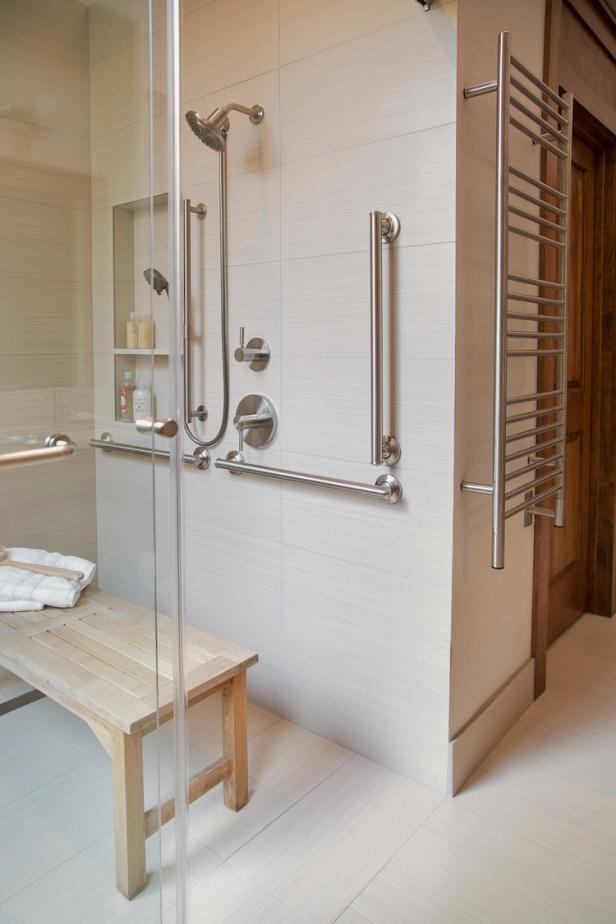
Tori Aston
Make your bathroom a functional sanctuary. Add a bench where you can sit to shower and shave — it’s easy for little kids and folks who need to transfer from a walker or wheelchair. Adjustable shower heads, grab bars and faucets with easy-to-manipulate handles make this spa-like space by Carla Aston Designed a good fit for everyone.
Slip-Resistant Floor
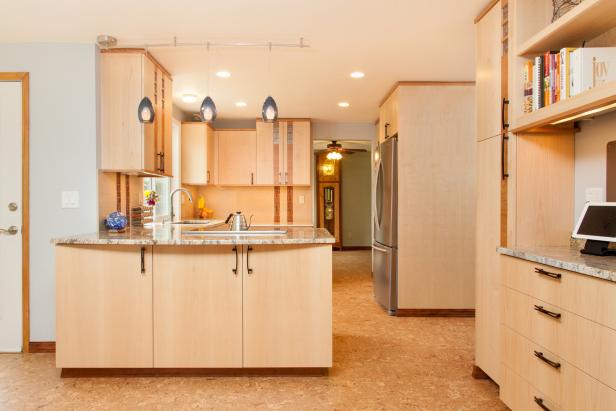
Fraley and Company
A slip-resistant floor that’s comfortable to walk on, like this cork floor, cushions and warms your feet. Cork is soft enough for kids and is eco-friendly, which decreases the size of your carbon footprint. If cork isn’t your thing, you can apply products to your existing floor to make them more resistant to slips. In place of a kitchen mat — which can be a trip hazard — tape down modular carpet tiles.
The 7 Principles of Universal Design and Why They're Important
Are you remodeling or building a home to accommodate people of differing needs? Universal design can help.







